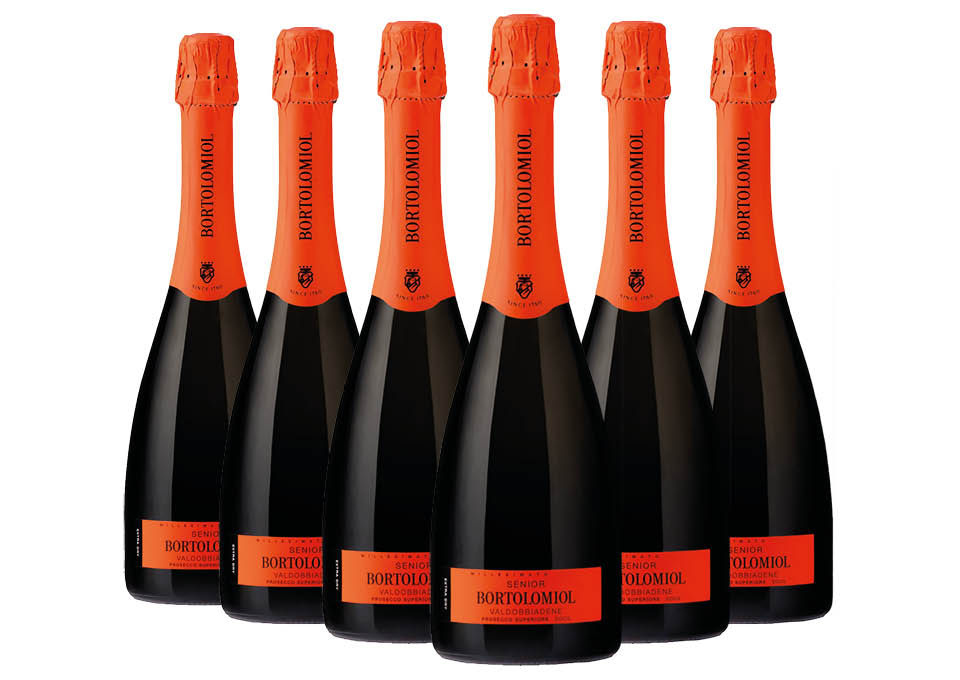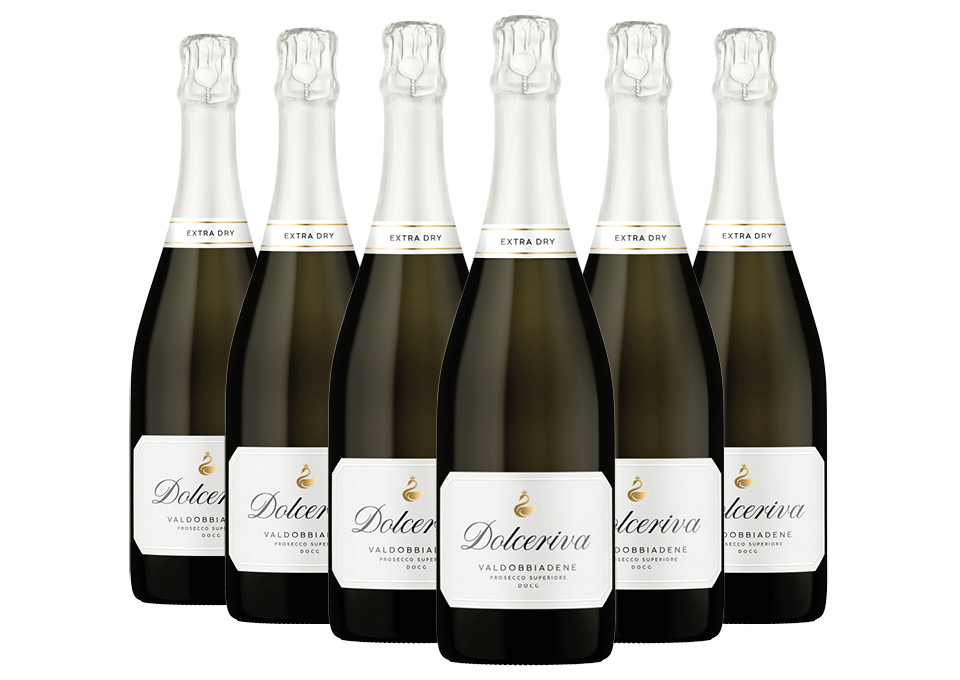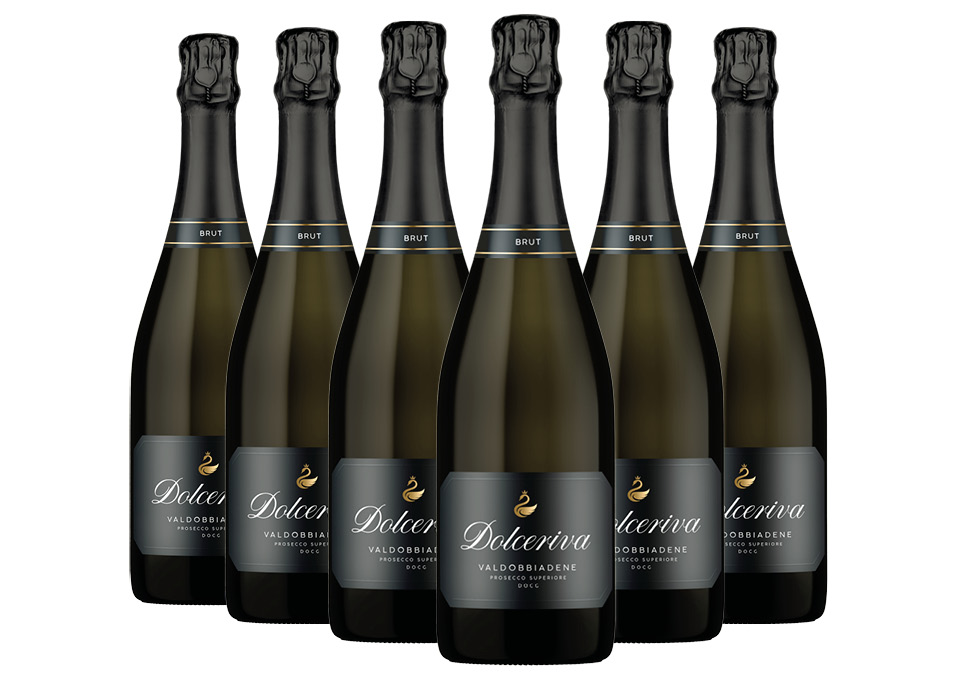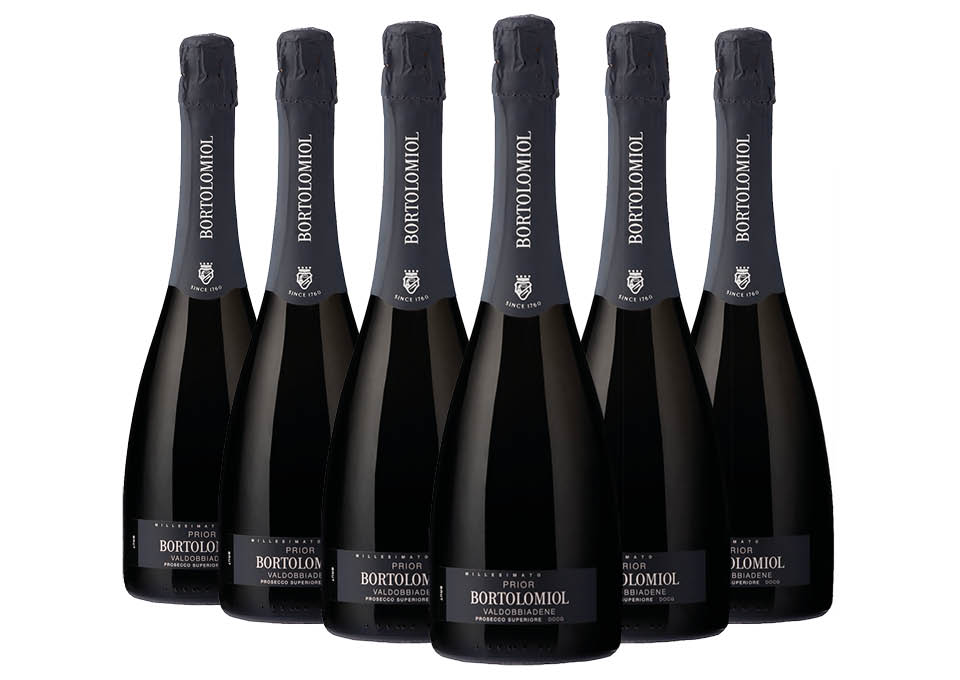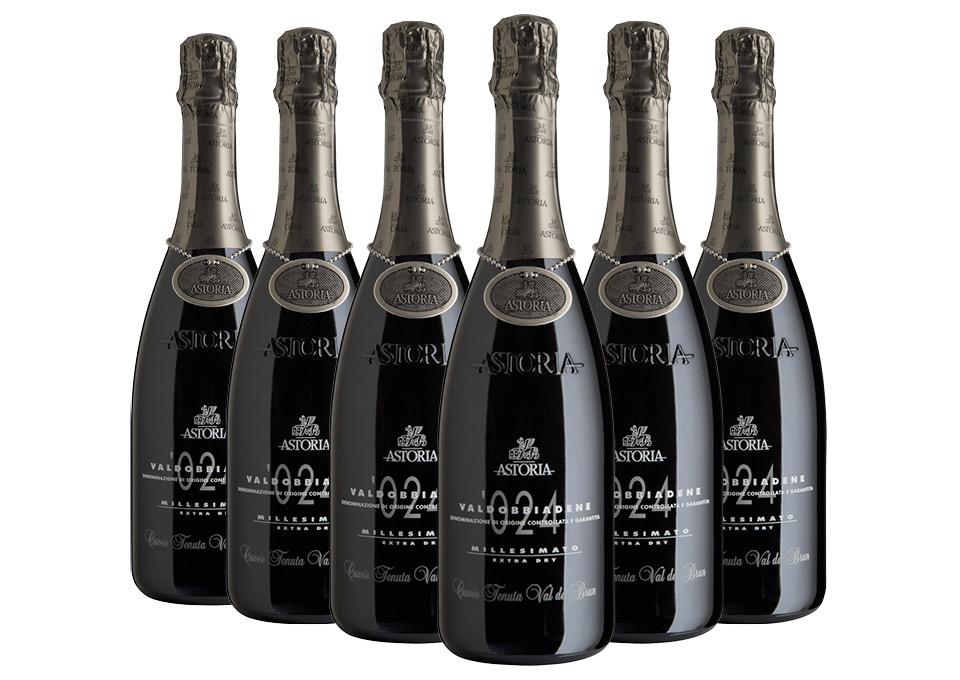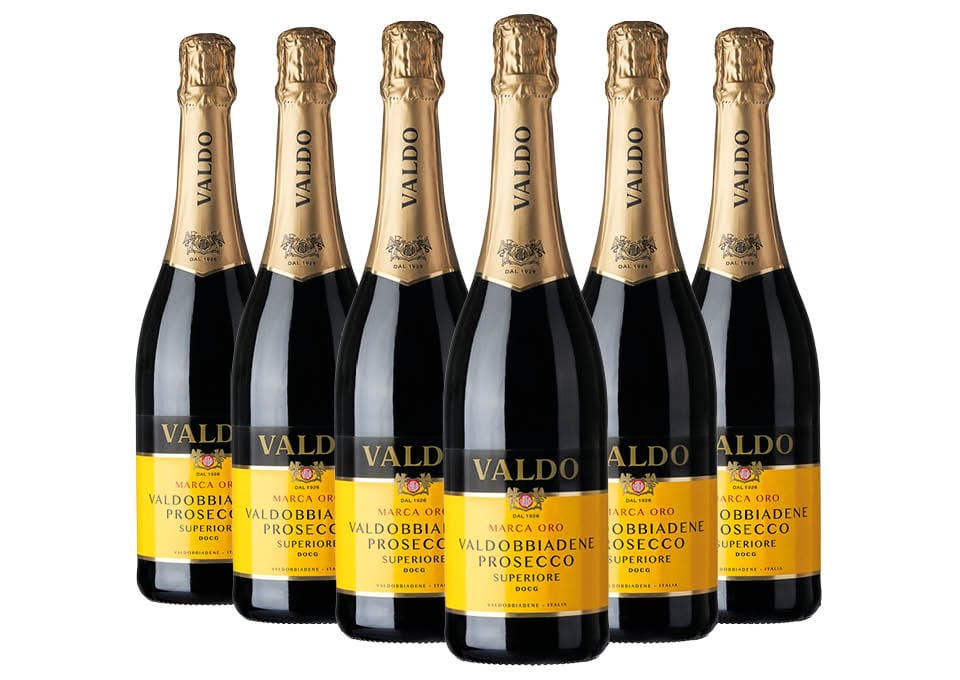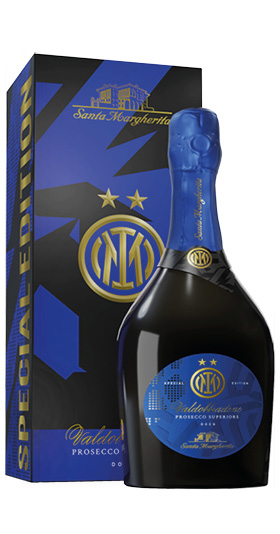Prosecco Superiore Di Conegliano Valdobbiadene
Prosecco is the most famous Italian sparkling wine, among the promoters of Made in Italy in the world, which has come to compete and surpass the number of bottles sold by no less than champagne. Although it only came back to the forefront from 2005, there are traces of the first prosecco as early as 1382, in Trieste, in Friuli Venezia Giulia, particularly appreciated by the Habsburg House which had 100 amphorae delivered every year. Over the centuries its production has concentrated on the Trieste Karst and the Friuli Collio but was then abandoned to develop more on the Treviso hills, in Veneto, especially on the Asolani Hills and on the hills of Conegliano and Valdobbiadene, which still offer prosecco best.
The extraordinary success achieved by this sparkling wine after the Second World War led to a race for its mass imitation. Characterizing element was the grape with which the sparkling wine was produced, Prosecco in fact, a name easily attributable to any wine obtained from this grape variety. Thus, the product was associated with the homonymous city of Trieste and restored the ancient name of the grape variety, namely the Glera to differentiate it absolutely. The imitation almost completely ceased to exist after the Prosecco DOC was established in 1969 in order to certify the origin of these sparkling wines from specific areas of north-eastern Italy, or in the provinces of Veneto, excluding Rovigo and Verona, and in all the provinces of Friuli.
Prosecco generally consists of 100% glera grapes, particularly suitable for the pivotal method for its realization, that is, the Martinotti-Charmat method, in which, unlike the Metodo Classico, the second fermentation takes place by re-fermentation in an autoclave. By law, however, the dominant grape variety can be accompanied by verdiso, bianchetta trevigiana, perera, chardonnay, pinot blanc, pinot gris and pinot noir grapes vinified in white, as the production specification does not provide for the production of a pink prosecco.
Since 2009, the production area with the greatest vocation in the area, Prosecco di Conegliano-Valdobbiadene, can boast the DOCG, with the possibility of adding the Superiore mention. This owes its name to the two capitals of the appellation: Conegliano, the cultural capital where the first Oenological School of Italy is located, and Valdobbiadene, the productive heart of this territory characterized by an extraordinary vocation and beauty.
Over the years, Cartizze has emerged among the various types, produced in an area of 107 hectares in the homonymous area with the characteristic pentagon shape, included within a fraction of the municipality of Valdobbiadene, among the steepest hills of San Pietro di Barbozza, Santo Stefano and Saccol. But the Prosecco di Asolo, also DOCG, and the so-called Rive, a term that indicates the slopes of the steep and suitable hills that characterize the territory, have also had a rapid spread, in order to highlight particular expressions of the Prosecco di Conegliano-Valdobbiadene. Each of these sparkling wines is made from grapes from a single municipality or fraction of it: this is the case of Prosecco di Conegliano-Valdobbiadene Rive di Refrontolo or Rive di Santo Stefano. The canonical versions Brut, Extra Dry, Dry are distinguished on the basis of the level of sugars present in its dosage, although the Demi-Sec and Pas Dosé dosages are also taking hold recently. The DOC Prosecco also includes minor types of prosecco, i.e. the Frizzante and the Still version, such as that of the Collalto winery, very little known, almost niche.
Without prejudice to the natural micro-climatic, soil and exposure differences found in the various areas of the appellation, the profile of the sparkling wine in question can be outlined, such as that of a straw-colored bubble with bright reflections, which on the nose gives off a complexity of aromas which frequently return to white-fleshed fruit, apple and pear above all, citrus fruits and touches of rose, with a delicate almond aftertaste. On the palate it is harmonious and elegant, very soft, supported by a pleasantly fine perlage. The moderate alcohol content makes Prosecco an excellent aperitif but also a perfect companion for appetizers, second courses based on fish, as well as protagonist of delicious cocktails such as Bellini, Rossini and Hugo Cocktail.
Among the most famous producers of this appellation we find: Adami, Andreola, Astoria, Bisol, Bortolomiol, Carpenè Malvolti, Foss Marai, Mionetto, Nino Franco and Zardetto.


